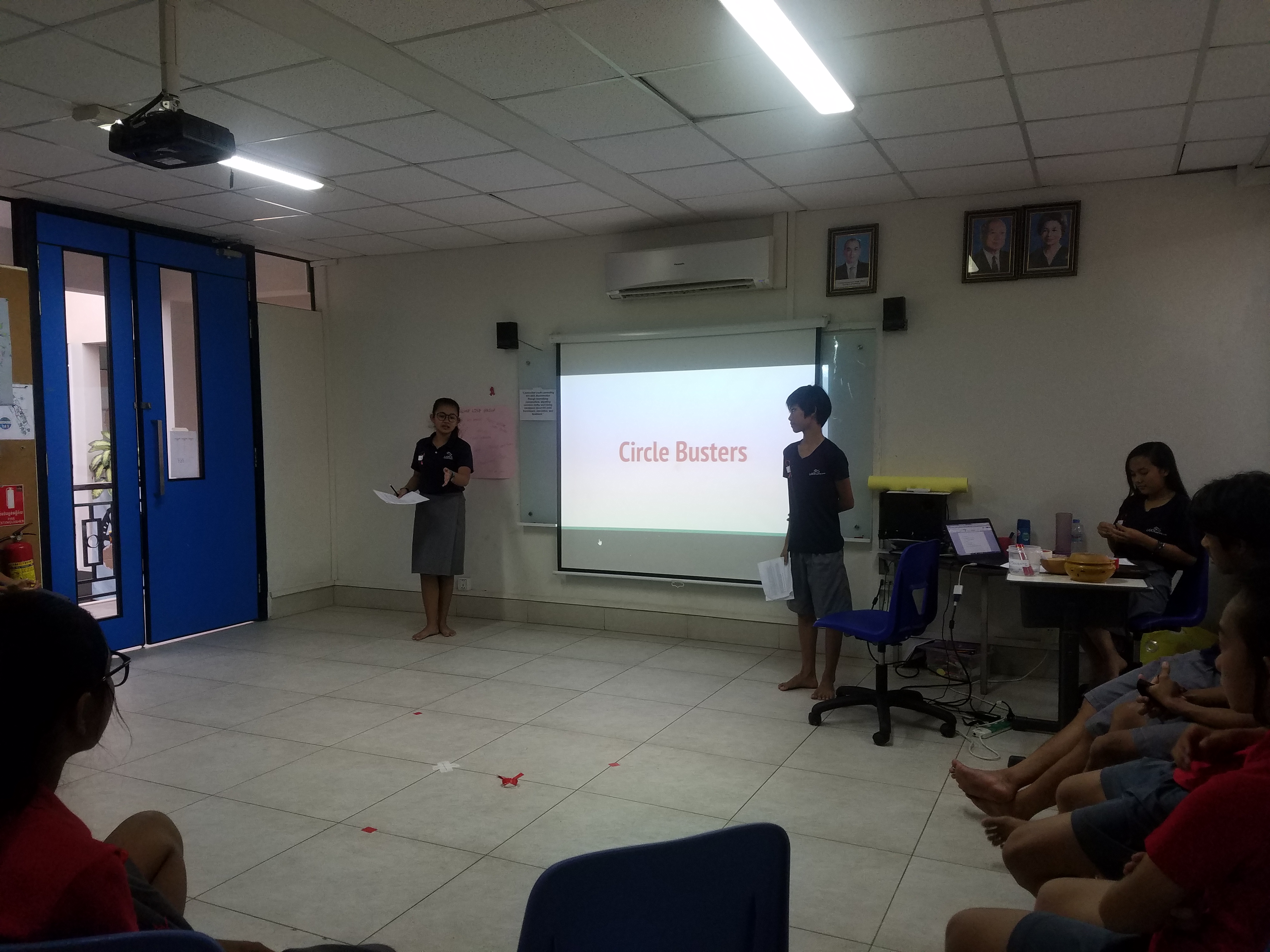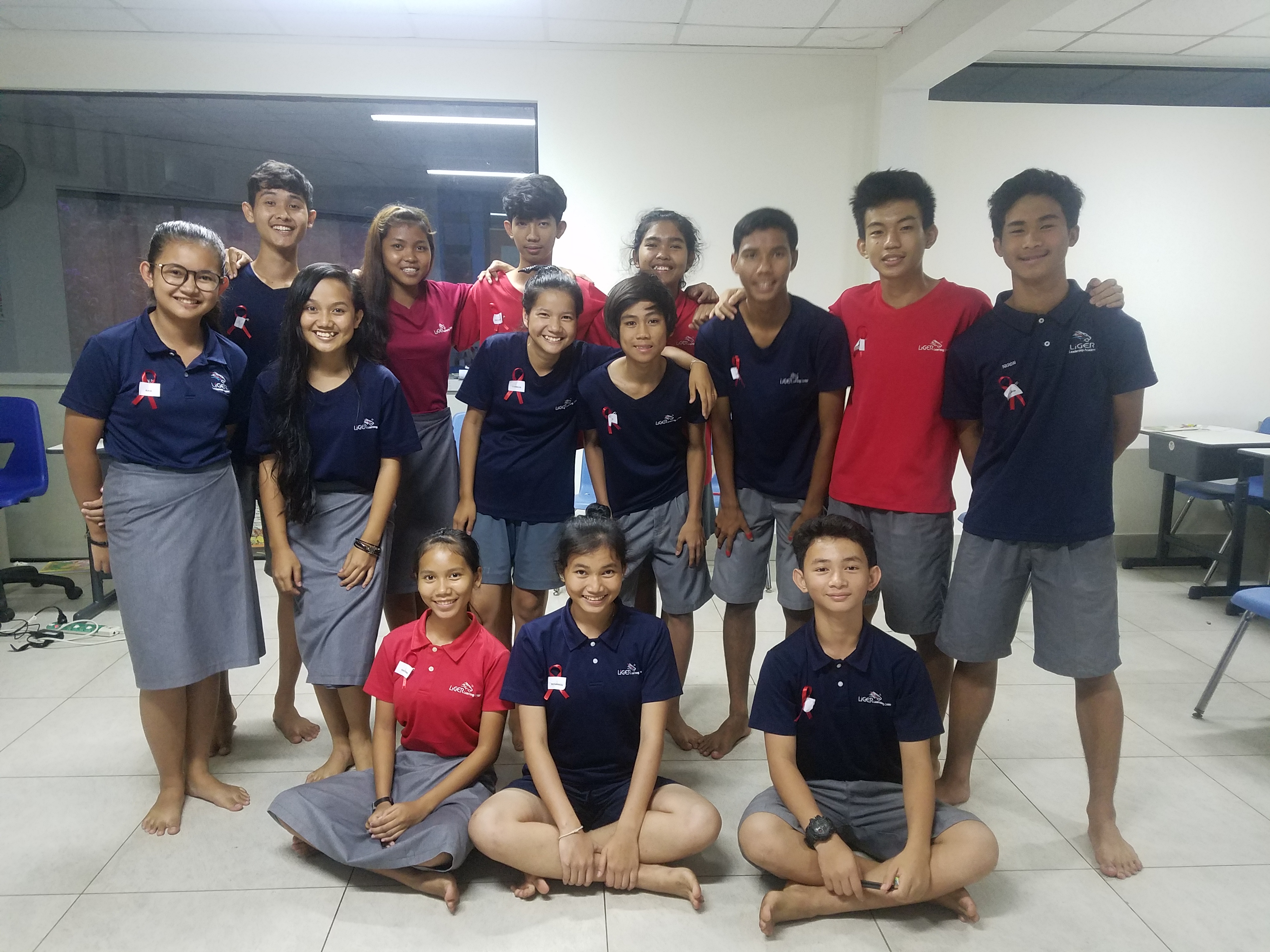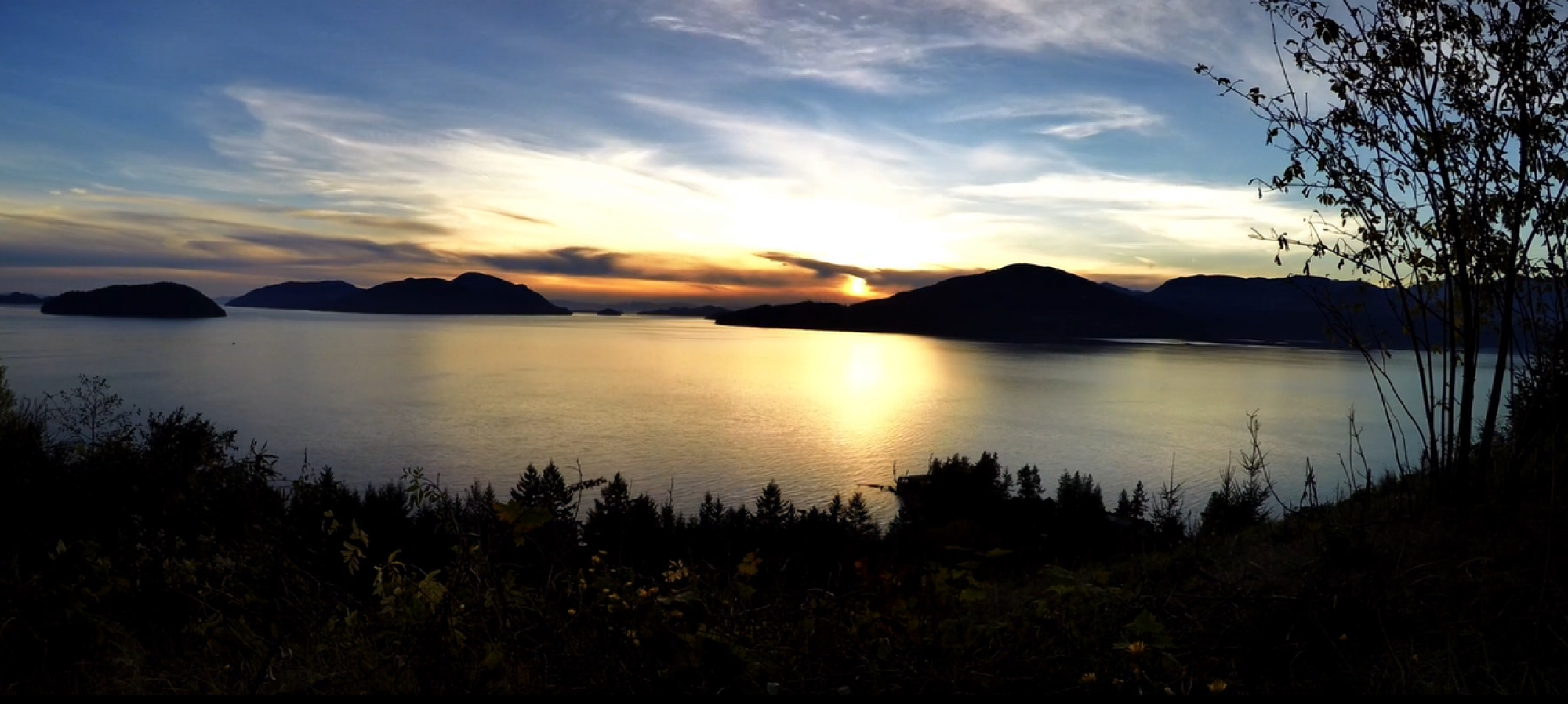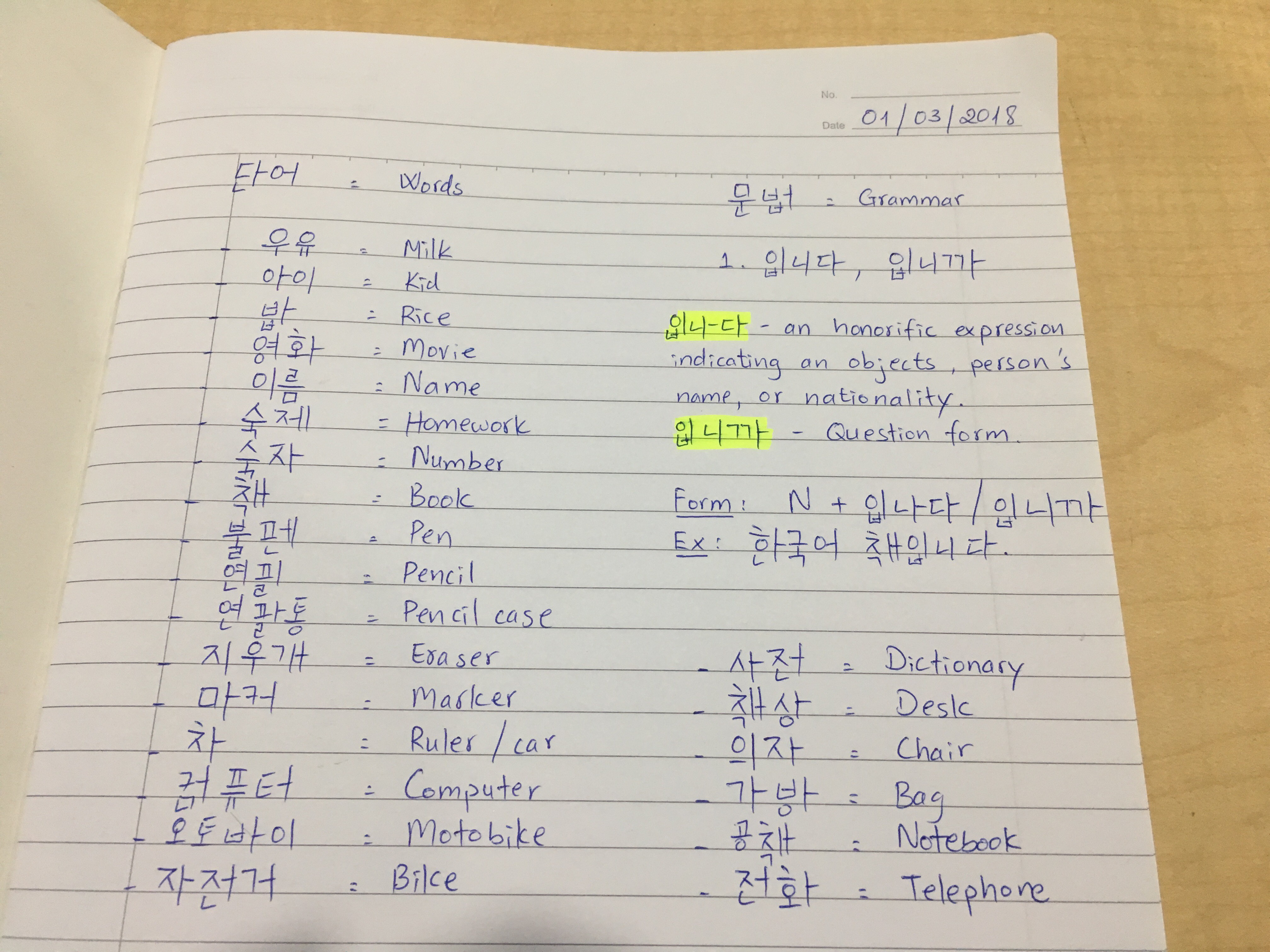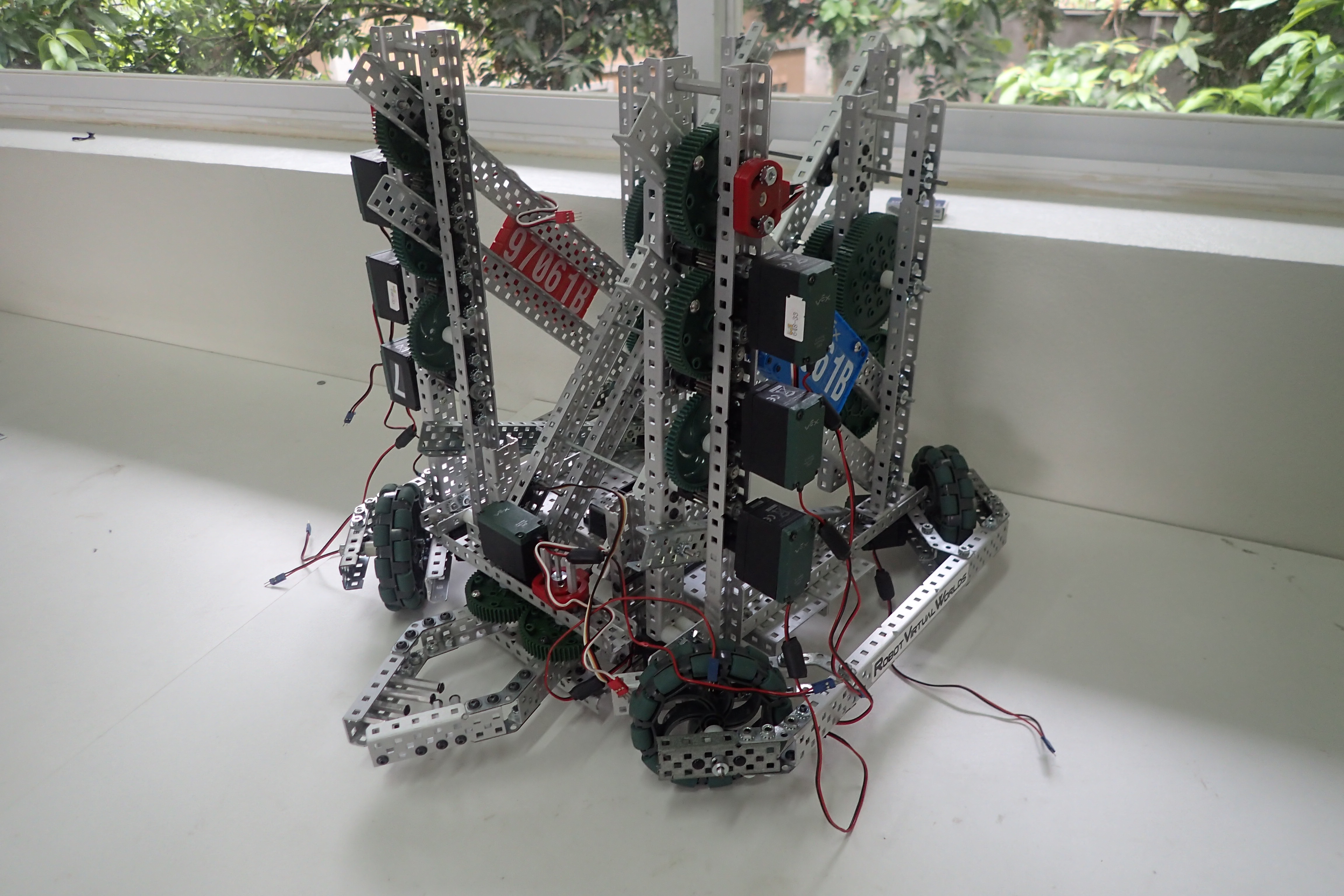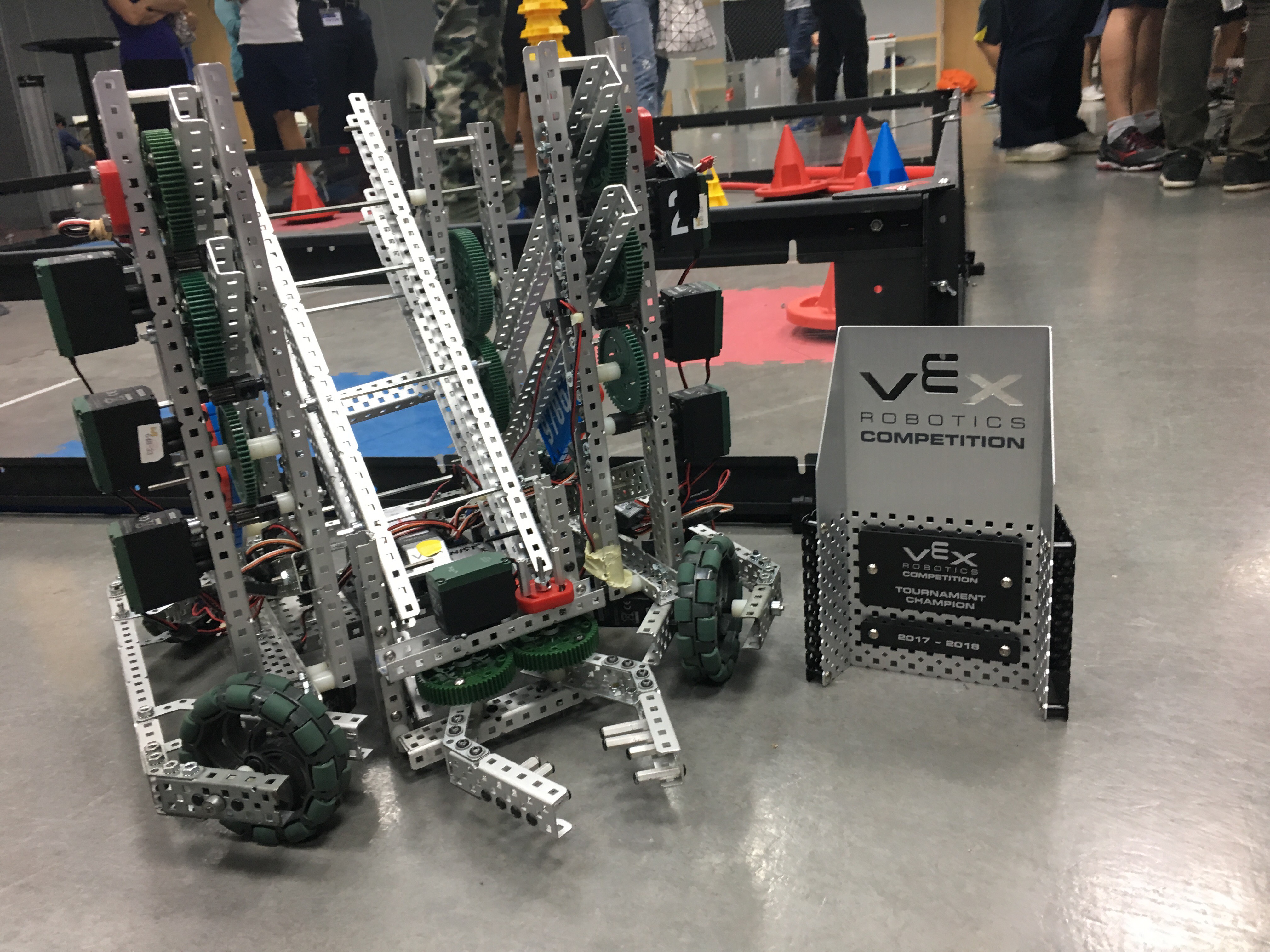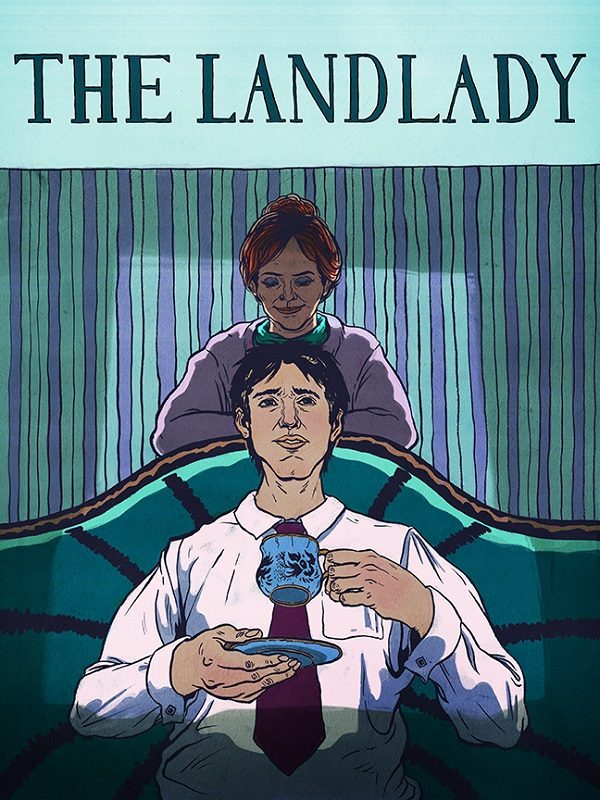If you do a google image search of “human trafficking” the majority of the images are of women.
We often refer to human trafficking as the act of abduction in the favor of prostitution, sexual exploitation, forced labor, slavery, organ removal, and many other types of exploitations. But, little do we know that it’s almost entirely inadequate to women, WOMEN and issued on sex trafficking and sexual slavery.
A phrase elders in Cambodia often said is, ‘យើងស្រី កុំស្លៀកខ្លី ដើរលេងយប់ច្រើនពេក ប្រយ័ត្នគេចាប់។’ It translated as, ‘As a woman, don’t wear too short, don’t stay out at late night or you’ll get abduct.’ This crisis intimidates women every time, every night.
Women seem to be self-publicist their appearance toward others (men) – and that’s the normal thing. There shouldn’t be any criticism upon that. However, men interpret it in a different way. It made them think that these women deserve to be one of theirs.
Late at night, along with some streets of Phnom Penh, you would see groups of motos full of men. A girl passed by, they commented unsettling comments like, ‘What a nice leg you’ve got there’, ‘Can I have your number?’. These are something women are frightened of, it doesn’t mandatory mean that human trafficking occurs. However, it’s just something to be aware of to everybody especially women.
According to UN sustainable development, some 71% of human trafficking victims are female, hence, one-third of them are girls. Women comprise a large proportion of the overall number of people trafficked, that is transferred within or across national borders from their place of habitual residence.
Besides that, approximately 80% of the overall trafficking involves sexual exploitation, and 19% involves labor exploitation. Human trafficking is the third leading crime in the world after drugs and arms trades.
‘More People had started to become migrants and refugees which is a greater risk of human trafficking.’ Corresponding to the report during UN Summit for Refugees and Migrants in New York.
Human trafficking is global; however, is almost entirely confined to women. It is the modern form of slavery. They are tricked that they’ll get a better job but result to keep as slaves.
Simultaneously, women are more likely to become the victims because we stereotyped them. There is, of course, Men trafficking in the favor of forced labor in agriculture, fishing, and construction industries. However, it’s just rare. Furthermore, we live in a world that is dominated by men, therefore, the perspective of seeing women as victims in cases like abduction, harassment, and trafficking is likely to be acknowledged.
Women, once again feel contaminated because the world is targeting them. Seeing them as the ‘victim’. Can we be more disinterested? Can we set this policy of not referring to women as victims of crimes? It’s quite disappointing to see how this contemporary world continues to portray this devastating stereotype.
“It is not surprising that women are trafficked more often than men; it is what I would have assumed. However, it is both unfortunate and disappointing. Women are taught to take care of themselves, be on the lookout, be on the defense, not trust people at first, etc. but yet they still end up being the victim of trafficking and other crimes. I think it ultimately comes down to the fact that many men are physically stronger than women, and as such, women are unable to defend themselves from the perpetrators. I also think that often there are family members who are involved or friends who gain a woman’s trust, but who are really planning to traffick her for money. Or sometimes a woman thinks she is signing up for another job, often to make money for herself and her family, when in fact, it is a hoax.” – Caroline Bell, female, Lead Learning Facilitator at the Liger Leadership Academy.
Now, let’s see male’s perspective towards this.
“When I think of the term human trafficking, in modern times, I definitely think mainly of women, but I think it goes back to slavery, which wasn’t limited to women. However, I don’t know a lot of examples in the news in the past 20-30 years of human trafficking that included men. Furthermore, I personally don’t always think of women as victims, but I think in general we live in a male-dominated society, most politicians and CEOs, etc. are male and I think that contributes to some people viewing women as victims.” – Jeff Boucher, male, Learning Facilitator at the Liger Leadership Academy.
“We live in a world that is dominated by men. It has always been that way because men are physically larger and stronger. That said, I think we now live in a world where physical size and strength are not important for survival. Women are just as capable in every way. Yes, I believe that women suffer MUCH more than men when it comes to rape and human trafficking which is not a stereotype, but a fact. Men still use their physical advantage to abuse women and the worst part is that in the world most laws are created by and enforced by men so that women’s rights have not been protected. In terms of the world seeing women as victims, if that were true, then laws should change to protect them. Many cultures (including Khmer) do not value girls and women the same as boys and men. They do not allow them the same freedom of choosing their profession and spouse, same educational opportunities, and different expectations for them.” – Jan Krieger, male, Teacher
All these perspectives give insight into why trafficking victims are mostly female. Neither way, all purposes of women trafficking should never be considered as an existence. No one deserves to be raped, sold, captured by anyone. Furthermore, we’re not trying to convey the idea of us stereotyped women in crimes.
Currently, this topic emerges everywhere. It is a controversial and important issue. As a result, there are many campaigns and organizations that have been established to combat and convince people to fight against this tragic form of trade.
Likewise, there is a small campaign participated by some popular celebrities to stop human trafficking called, “Shine a Light on Slavery Day” which engaged hundreds of thousands of people who associated with to call to action by drawing a red “X” on their hand and posting to social media.
Alternatively, there are uncountable number of NGOs that work to combat this catastrophic crime as well. For instance, ‘Polaris’ is one of the most influential groups that works to combat human trafficking by setting policies and creating advocacies to end this modern-day form of slavery. There are way more than just described of how these NGOs care about us. We all care about you, you’re not alone. Let’s stop reading these statistics and start ending this misery. NO ONE can own anyone.
‘This could be your daughter.’
